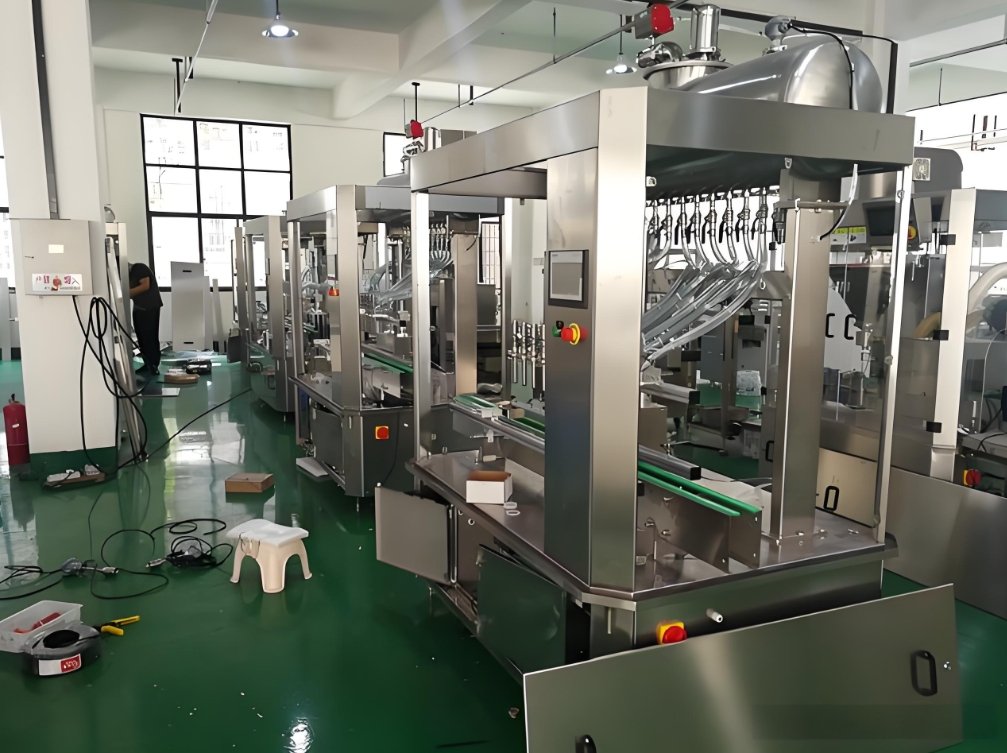
The Secret Ingredient: Why Filling Machines Run the Pet Food Show
Let’s get real—nobody wants to scoop kibble all day. Filling machines are the backbone of any serious pet food operation. Precision? Check. Cleanliness? Double-check. Consistency? You bet. Whether you’re cranking out dry kibble, gravy-drenched canned food, or those weird bacon-flavored dog treats, a proper filling machine keeps it all moving smooth, safe, and speedy.
What Makes a Filling Machine So Vital in Pet Food Production?
You ever try eyeballing a bag of cat kibble? Yeah, don’t. Filling machines make sure every pack is spot-on—no overfills, no short-changes. That means less waste, happier customers, and pets that keep coming back for more. Especially if you go for an automatic filling machine. These babies cut human error, boost output, and slash labor costs. Who wouldn’t want that?
Which Filling Machine Fits Your Pet Food? (Spoiler: There’s More Than One)
Pet food’s not one-size-fits-all, and neither are filling machines. Get a load of these:
- Volumetric Filling Machines: These are the MVPs for dry, chunky stuff. They dish out the same volume, bag after bag.
- Auger Filling Machines: Got pet vitamins or powdery treats? The auger filling machine is your best friend for precise portions.
- Piston Filling Machines: Wet, sticky, or chunky? Piston filling machines handle that mess like a champ.
- Automatic Filling Machines: For the big bosses. Handles tons of products, keeps the line running, and barely breaks a sweat.
Top Features You Need in a Pet Food Filling Machine
Not every filling machine is created equal. Here’s what you really want for your pet food biz:
- Super Easy Cleaning: Stainless steel is where it’s at. If it’s a pain to clean, it’s a pain to own.
- Pinpoint Accuracy: Nobody wants to throw money away on overfills. The right filling machine saves the day.
- Adjustability: Pet food comes in all shapes and sizes. Your filling machine better keep up.
- Speed Demon: High-speed filling machines mean more product, less downtime.
- Dust Control: Dry pet food gets messy. Good filling machines keep your place cleaner.
- Portion Control: You want every treat bag to be the same? Filling machines make it happen.
Automatic Filling Machines: The Real MVPs
Let’s not kid ourselves—automatic filling machines are game-changers. Faster production, fewer mistakes, lower labor costs, and cleaner, safer pet food. What’s not to love?
Filling Machine Challenges: Not All Sunshine and Rainbows
Even the best filling machine can hit a snag. Different types of pet food need different handling. Sticky, powdery, chunky, or wet—each brings its own headache. And don’t forget: the best filling machines aren’t cheap, but you get what you pay for.
Choosing Your Filling Machine: Don’t Wing It
Think long and hard about what you’re producing, how much you need, and how much hassle you’re willing to deal with. The right filling machine? Total game-changer. The wrong one? You’ll wish you stuck to selling chew toys.

